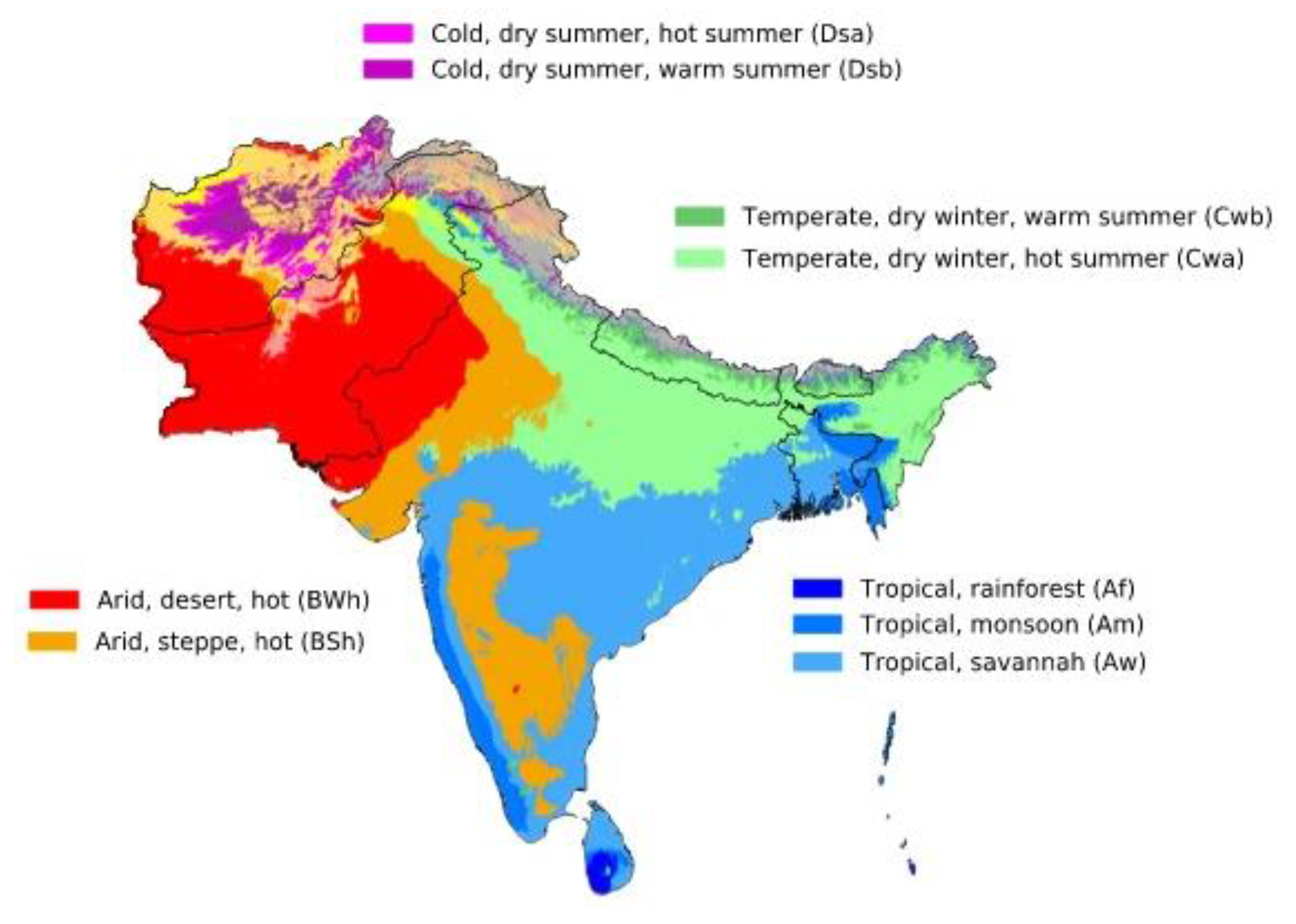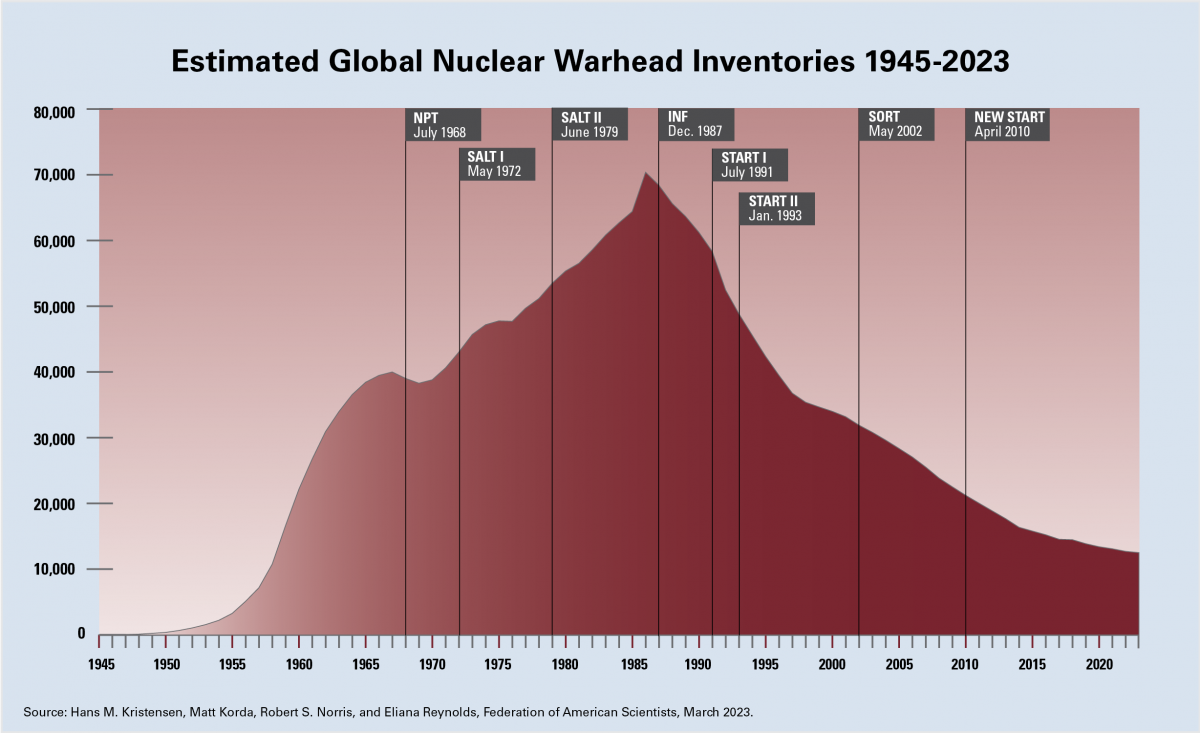Nuclear Transitions and Strategic Stability in Southern Asia
Por um escritor misterioso
Last updated 02 novembro 2024

As a result of the different, but intersecting, concerns, China, India, and Pakistan will for the foreseeable future pursue the steady buildup and diversification of their nuclear capabilities. This trend reflects their national judgments that the security threats, including those posed to each by the other(s), only seem to be increasing in intensity.

Nuclear Transitions and Strategic Stability in Southern Asia

Energies, Free Full-Text

Canada's Indo-Pacific Strategy

Ashley Tellis' book Striking Asymmetries

Major Power Rivalry in South Asia

Renewable energy commercialization - Wikipedia

Has Central Asia Stabilized?

Affordable clean energy transition in developing countries

STRATEGIC STABILITY IN SOUTH ASIA: A BRIDGE TOO FAR? 1 Brig

Nuclear South Asia and Challenges to Strategic Stability - Modern

U.S.-Russia Nuclear Forces and Arms Control Agreements
Recomendado para você
-
 Shoot! Goal to the Future' Soccer Anime Reveals Promo Video, New Visual - News - Anime News Network02 novembro 2024
Shoot! Goal to the Future' Soccer Anime Reveals Promo Video, New Visual - News - Anime News Network02 novembro 2024 -
Shoot! Goal to the Future|Episode 13|Anime02 novembro 2024
-
 SHOOT! GOAL TO THE FUTURE Episode 5 - BiliBili02 novembro 2024
SHOOT! GOAL TO THE FUTURE Episode 5 - BiliBili02 novembro 2024 -
 Shoot! Goal to the Future - Episode 7 - BiliBili02 novembro 2024
Shoot! Goal to the Future - Episode 7 - BiliBili02 novembro 2024 -
 Sinopsis SHOOT! Goal to the Future Episode 1302 novembro 2024
Sinopsis SHOOT! Goal to the Future Episode 1302 novembro 2024 -
 SHOOT! GOAL TO THE FUTURE Episode 13 - BiliBili02 novembro 2024
SHOOT! GOAL TO THE FUTURE Episode 13 - BiliBili02 novembro 2024 -
 Shoot Goal Of The Future Episode 1 3 Sub Indo - Bstation02 novembro 2024
Shoot Goal Of The Future Episode 1 3 Sub Indo - Bstation02 novembro 2024 -
Aoki Densetsu Shoot02 novembro 2024
-
![Season 4 SPOILERS] Jean is right ! Hange didn't know any solution](https://i.redd.it/8lfin0mx0fka1.jpg) Season 4 SPOILERS] Jean is right ! Hange didn't know any solution02 novembro 2024
Season 4 SPOILERS] Jean is right ! Hange didn't know any solution02 novembro 2024 -
 Raksha Anirveda, Defence Magazine, April - June 2021 by Raksha02 novembro 2024
Raksha Anirveda, Defence Magazine, April - June 2021 by Raksha02 novembro 2024
você pode gostar
-
 New Persona 5 Trailer has New Characters and Japan Release Date - mxdwn Games02 novembro 2024
New Persona 5 Trailer has New Characters and Japan Release Date - mxdwn Games02 novembro 2024 -
 Bleach: Thousand-Year Blood War – Parte II estreia dublada nesta02 novembro 2024
Bleach: Thousand-Year Blood War – Parte II estreia dublada nesta02 novembro 2024 -
 Console ps5 + jogo gow ragnarok - SONY - Outros Games - Magazine Luiza02 novembro 2024
Console ps5 + jogo gow ragnarok - SONY - Outros Games - Magazine Luiza02 novembro 2024 -
 Jogo PS4 Raid World War II (Inativo)02 novembro 2024
Jogo PS4 Raid World War II (Inativo)02 novembro 2024 -
como desenhar duas pessoas se beijando de lado|Pesquisa do TikTok02 novembro 2024
-
 The Golden Eyes Episode 1 Cdrama Explained in Hindi02 novembro 2024
The Golden Eyes Episode 1 Cdrama Explained in Hindi02 novembro 2024 -
1x update 800 robux vendexhub tools - Roblox02 novembro 2024
-
 Magnus Carlsen Twitter 11 in 2023 Magnus carlsen, Chess tricks, Chess master02 novembro 2024
Magnus Carlsen Twitter 11 in 2023 Magnus carlsen, Chess tricks, Chess master02 novembro 2024 -
 What Is Serial Experiments Lain? A Brief Intro to the Anime Series – OTAQUEST02 novembro 2024
What Is Serial Experiments Lain? A Brief Intro to the Anime Series – OTAQUEST02 novembro 2024 -
 5 Racha Cuca Jogo Quebra Cabeça Números Infantil Brinquedo em Promoção na Americanas02 novembro 2024
5 Racha Cuca Jogo Quebra Cabeça Números Infantil Brinquedo em Promoção na Americanas02 novembro 2024


